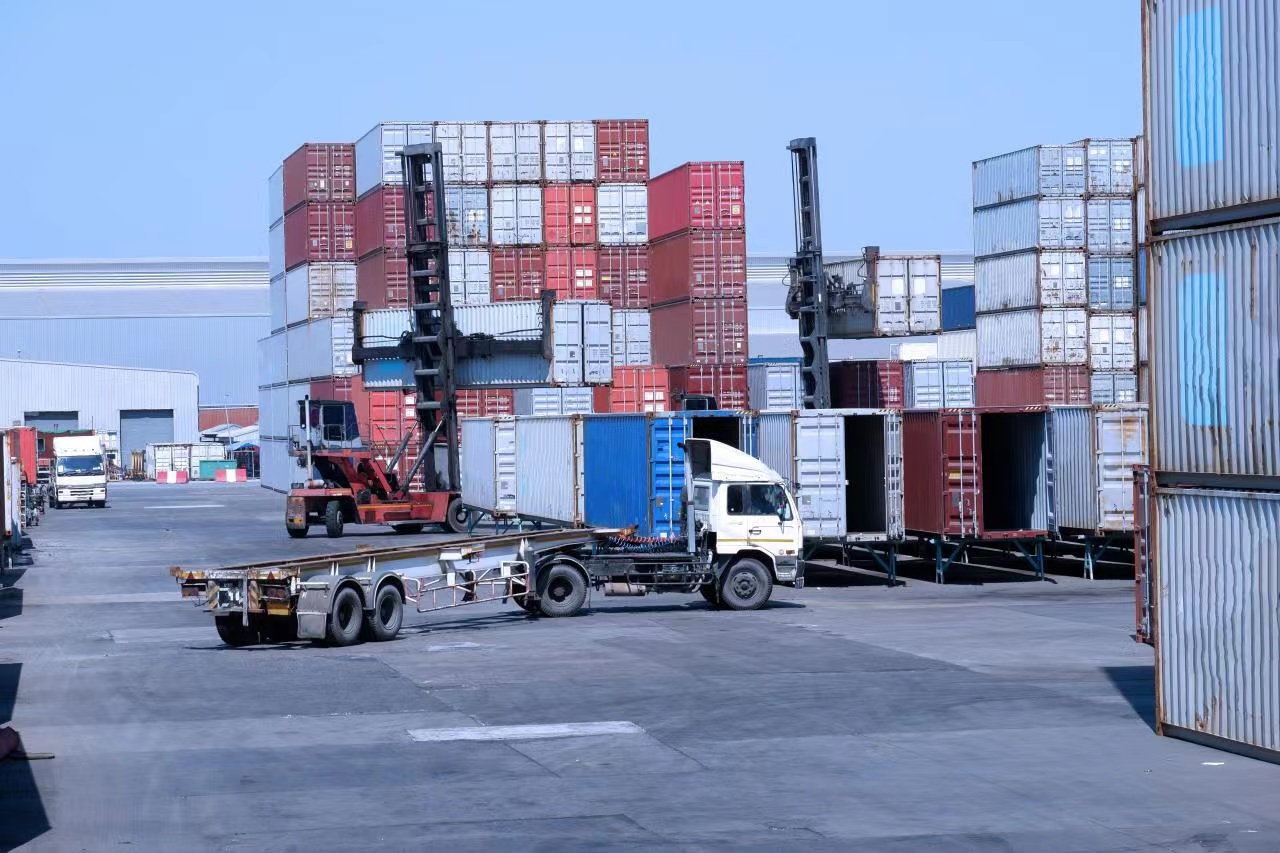News information
了解较新的资讯与动态

新 闻 动 态
NEWS
1. What is LCL Sea Freight?
In ocean freight, there are two main forms of containerized goods which are LCL and FCL. As their names suggest, LCL involves merchandise that takes up less than the entire space of a full container, meaning a container must be shared, while FCL simply means owning a full container. LCL Sea Freight essentially refers to combining various goods in one container. Since this involves sharing a container, it's logically a bit complex and requires more and better coordination to make sure everything goes smoothly and as planned.
MCN has rich domestic and foreign logistics trade industry resources, aiming to create a centralized, safe and fast logistics transaction settlement platform, traders can find freight forwarders on this platform to broaden procurement channels, and freight forwarders provide logistics solution services for global partners, Establish long-term cooperative relationship.

2. Operation of LCL Sea Freight
Book LCL : When you decide to do LCL Sea Freight, you need to provide the freight forwarder with the dimensions and weight of your cargo. Documents and forms such as bills of lading, commercial invoices, and packing lists must also be completed and submitted. Depending on your cargo type and destination port, additional documentation may be required.
Have your merchandise ready : LCL Sea Freight typically ships on a fixed schedule, weekly or bi-weekly, depending on the destination port, so timing is critical. The grouping of LCL goods is carried out in one warehouse, which is called origin consolidation warehouse. Your freight forwarder can arrange for your shipment to be picked up, which is the more common practice. Alternatively, you can ship the goods yourself to the consolidator warehouse.
Transshipment to port : Once the LCL container is packed and ready, it is contracted to be delivered to the port of departure. The port cut-off date for containers is usually about three days before the sailing date. After the consolidated cargo arrives at the port, it is transferred to the shipping line and then shipped to the port of destination.
Transshipment : If you are shipping to a secondary port, your LCL shipment may be unloaded at a transshipment point, where it is either shipped to another container or waits for more cargo to fill the container before continuing on to its final destination land. In layman 's terms, this is similar to what happens to your luggage when you are in transit at an airport. It needs to be unloaded from the plane you landed on and transferred to your next flight.
Arrival at the destination : After the LCL container arrives at the destination port, it will be taken over by the destination agent of the freight forwarder. He will collect the containers and ship them to a warehouse called the destination unpacking warehouse. There, the cargo in the container is broken down into individual LCL loads.
Receive your goods : At this time, the consignee can go to the warehouse to pick up the goods. Alternatively, you can have an agent ship to the consignee, in which case your item will be moved from the destination unpacking warehouse to the final destination warehouse before delivering it to you.

